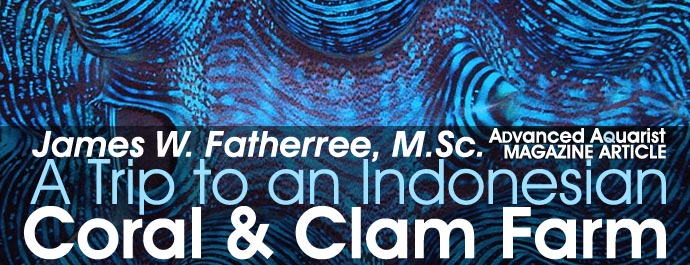
The CV Dinar aquaculture facility, which is more easily called a farm, is located on the northeast coast of Bali, not too far east of Tulamben. It’s also around 6 degrees south of the equator meaning the water’s warm and there’s plenty of sun year round, which gives rise to wonderful coral reefs. And, needless to say, the diving in spots around the island are absolutely incredible.
Diving in many areas can be deceptive though, because you typically get to see the best, healthiest areas, while other locations may be in bad shape. Most everyone has heard of the spectre of coral bleaching that has affected so many reefs around the world, and then there are the added insults of pollution, over-collecting, dynamite fishing, shipwrecks, etc. that have all taken their toll on both corals and giant clams, as well. These are some of the reasons that many businesses are aquaculturing a variety of organisms for the aquarium hobby now, and why other organizations are doing the same for the purpose of restocking natural areas. Farming clams has also helped to satisfy the demand for giant clams as food in Asian countries, too.
Anyway, after contacting the farm, I was picked up by Aspari Rachman, the facility manager, and taken for a full tour of the whole place. It isn’t particularly big, but they certainly squeeze a lot of livestock into what they have. There are about 30 large concrete grow-out and holding tanks, and quite a few other concrete and acrylic tanks used for various other purposes, too. They have an on on-site lab, and various other buildings, one of which is used to raise their own phytoplankton used to feed infant clams, and zooxanthellae for them, too.
They have a huge water intake system at the shore, which allows them to pump water directly from the sea, after which it’s run through a series of baffles that contain progressively smaller gravels and sands that act as filters. This water is then pumped through the tanks, making it easy to maintain high water quality. And, in the case of infant clams, the water is also run through micron filters to remove any sorts of parasites, too. Thus, there is a constant turnover of fresh, clean seawater in the systems, with no other sorts of filtration. There’s also no need for additional lighting either, as there’s plenty of sunlight for free. In fact, the sun does such a good job that they have shade cloth over all the tanks to cut down the amount of light the inhabitants get, and to help keep leaves and such out of the tanks, too.
The Corals

The cages are placed just offshore in about 20 feet of water. Hundreds of them are right under me in this shot, but I didn’t get any photos because the water had been clouded up by a storm that passed through a couple of days earlier.
They were growing several types of stony coral at the farm, primarily being Acropora and Seriatopora, and also had plenty of the soft/leather corals Sarcophyton and Sinularia, as well as a few others. All of these were attached to small pieces of rock (which I’ll talk about below), and had started out as frags/cuttings from other larger specimens. All of these corals can easily be cut or broken into pieces, and the pieces will live and grow into new specimens. So, they do the same thing that’s regularly done by hobbyists and businesses here, but on a much larger scale, and with one big difference. Once the frags/cuttings are made and are attached to a base, they’re put in the sea instead of being kept in a tank for weeks or months.
The farm has numerous metal cages on hand, and the corals are placed in these where they can be kept together and get some protection from wave activity and predators, too. The cages are carried maybe 100 yards out off the beach and placed on the bottom in about 20 feet of water. Then they sit for quite a while, sometimes several months. Of course, when you’re not paying for salt, additives, and lighting the amount of time they sit is determined by how fast they grow to the size the farm likes rather than moving them to market as soon as they get big enough for someone to want to buy them – and the farm likes them pretty big.
Once the corals have grown large enough to satisfy the farmers, the cages are pulled and the specimens are placed in holding tanks on land. Then they’re bagged up and shipped out.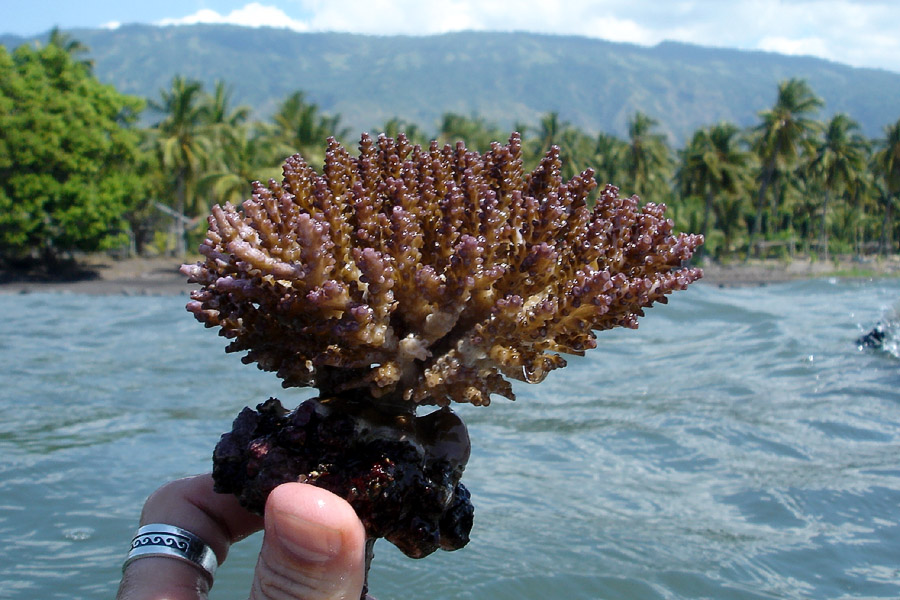
The Clams
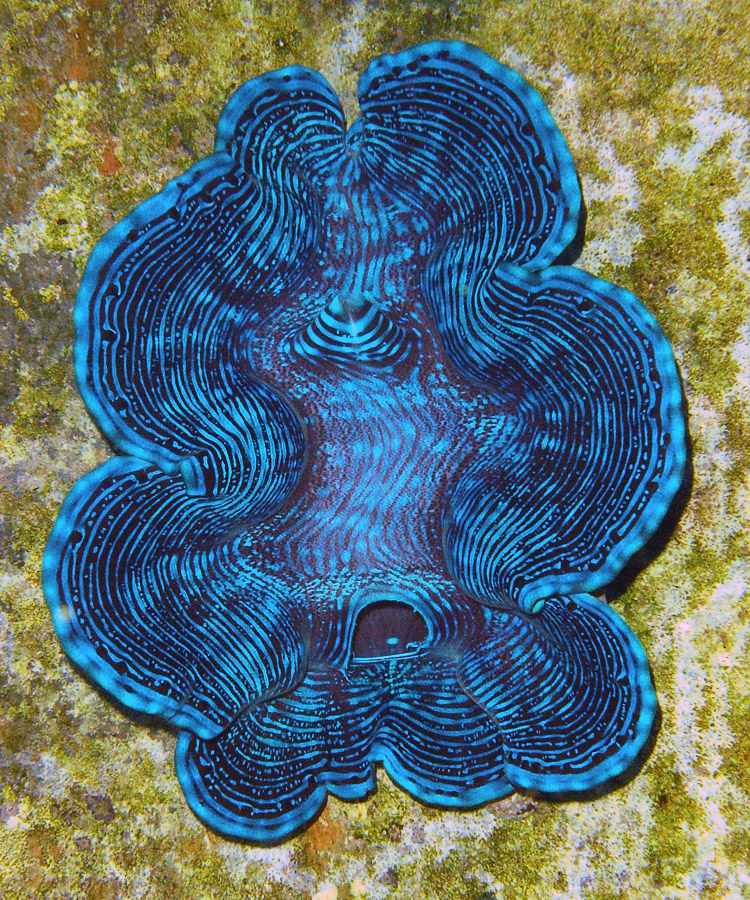
They also had lots of blue Tridacna squamosa clams on hand, something not seen very often in the U.S. I was quite surprised when they told me that about 10% of the squammies they raise are blue, meaning they aren’t rare at all – just rare in the U.S. market.
The farm also raises all six species of giant clam commonly seen for sale over here, being Tridacna crocea, T. maxima, T. derasa, T. squamosa, T. gigas, and Hippopus hippopus. And, they raise H. porcellanus too, which I was looking forward to finally seeing. These are very difficult to find for sale, and haven’t been seen in the U.S. market for many years as best as I know. I bought one about four years ago, and the supplier said it was the first they’d ever seen after being in the clam-selling business for over seven years. Despite having at least a couple hundred mature specimens on hand, they told me that none were sent to the U.S. Anyway, while the corals are relatively easy to deal with, the clams take a lot more work, as they obviously can’t be cut up to make more.
Giant clams are spawners, meaning when the time comes, individuals can spew out huge numbers of sperm and eggs into the water where some will meet the sperm and eggs of other clams. All of them are hermaphrodites when they are mature, so each can produce both sperm and eggs, too.
Well, on the farm they can be artificially enticed into spawning by injecting them with a small dose of the hormone serotonin. Once the hormone is injected into a clam’s gonads, it will begin to spew clouds of sperm at first and then the eggs come after the sperm is depleted. So, in order to keep the clams from self-fertilizing (which makes for bad genetics), a clam is allowed to pump out the sperm and is then moved to another tank where the eggs can be released. Then the sperm can be collected from the water and intentionally mixed with the eggs from another clam. This sort of thing can be done with multiple clams, assuring that they have a good mixing of genetic material, which produces healthier clams.
After all of this, the eggs start to divide and grow, and soon become swimming larvae. At this stage they still do not have any symbiotic zooxanthellae though, as it’s not passed from the parents to the offspring. Coral fragments already contain some, of course, but the clam larvae have to get their own complement of the algae by filtering some from the water.
So, the farmers grow zooxanthellae on site using a method they developed themselves, and add a little to the tanks that the larvae are in. The larvae then eat and hold onto it and allow it to reproduce inside their tissues. Other types of phytoplankton are also added, which the infant clams can also eat and used for food. Oddly enough, no one has figured out how it works, but the clams are able to keep the zooxanthellae alive for themselves, while simultaneously digesting other sorts of algae.
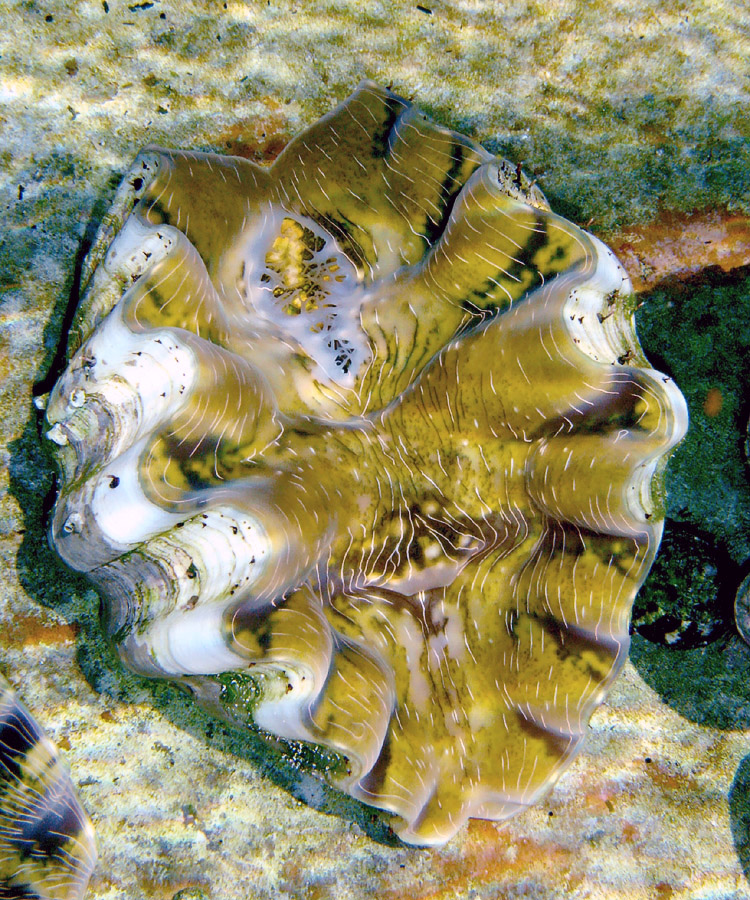
They also had dozens of full-size Hippopus porcelanus, which are practically impossible to find by in the U.S.
Anyway, the swimming larvae drop to the bottom after a short period of time and begin to undergo a metamorphosis, losing the ability to swim and taking on a new life upon the bottom. The farmers continue to add phytoplankton for two months, and they also begin adding nitrogen-based chemicals, too. Giant clams need a source of nitrogen and can extract it directly from seawater in the form of ammonia and nitrate, but giving them extra amounts can increase their growth rates significantly. So, things like ammonium nitrate (fertilizer) or sodium nitrate can be added to help speed things up.
Then, after sitting and growing in a holding tank, typically for more than a year, the clams are big enough to be placed in cages and put out to sea with the corals. At this time they still may be only an inch or two in length depending on the species, so many have a lot of growing to do before they can be sold as good-sized specimens. Some farms do sell clams while still at such a small size, but CV Dinar doesn’t. I didn’t ask why, but from what I understand, the small clams suffer significantly higher mortality rates, while bigger clams can handle shipping stresses much better.
Once in the cages, the clams are left in place for as long as three more years. So, you can see that this can be a slow process that takes a lot of patience. The timing of collection is primarily due to the species, I should also add, as some clams like T. gigas and T. derasa can potentially grow many times faster than other clams, like T. crocea.
Regardless, the farmers are constantly putting out hundreds of clams at a time, and everything ends up running like a conveyor belt. Small ones go in and big ones come out. The seafloor has plenty of space for cages too, so using them and keeping them in the sea means that there can be thousands of clams out at a time while the facility only needs enough room to hold the juvenile clams and those that are ready for export. Everything in between takes up no space in the tanks.
And Live Rock Too
By the way, the rock they need for the bases is made by hand on site by using local stone and cement, and they make lots of artificial live rock ranging from fist-size up to large mounds a couple of feet tall, too. Basically they just lay out some palm leaves on the ground and pile up the concrete-like mix to the desired size. The cement is allowed time to harden, and then the pieces are put in piles in the sea for several months. So, it becomes fully cured there, and also gets some stuff growing on it. In the end, much of it looks as good as much of the live rock coming from the Pacific and is sold as aquacultured live rock. But, they also hold onto some of it to use in re-stocking efforts.
Restocking Reefs
Again, many reefs are having problems, and the farm has been directed to help out by the Indonesian government. According to Aspari, they are allowed to operate the farm and export livestock as long as 10% of everything they grow is used to help the local reefs. So, they take some of the larger pieces of rock they produce and mount various corals and clams to them, then place them in areas that have been damaged in various ways. They were also trying to start new reefs in some spots, too. All in all, they’re doing a great job and helping the hobby and the reefs.
The staff at the CV Dinar facility was exceptionally nice and very knowledgeable, but I have no experience with them on the exporting and business end. This article is by no means an advertisement for them, and is strictly for education.
Sources for more information on clam farming, which can be found online:
- Ellis, S. 2000. Nursery and Growout Techniques for Giant Clams (Bivalvia: Tridacnidae). Center for Tropical and Subtropical Aquaculture Publication 143.
- Ellis, S. 1998. Spawning and Early Larval Rearing of Giant Clams. Center for Tropical and Subtropical Aquaculture Publication 130.


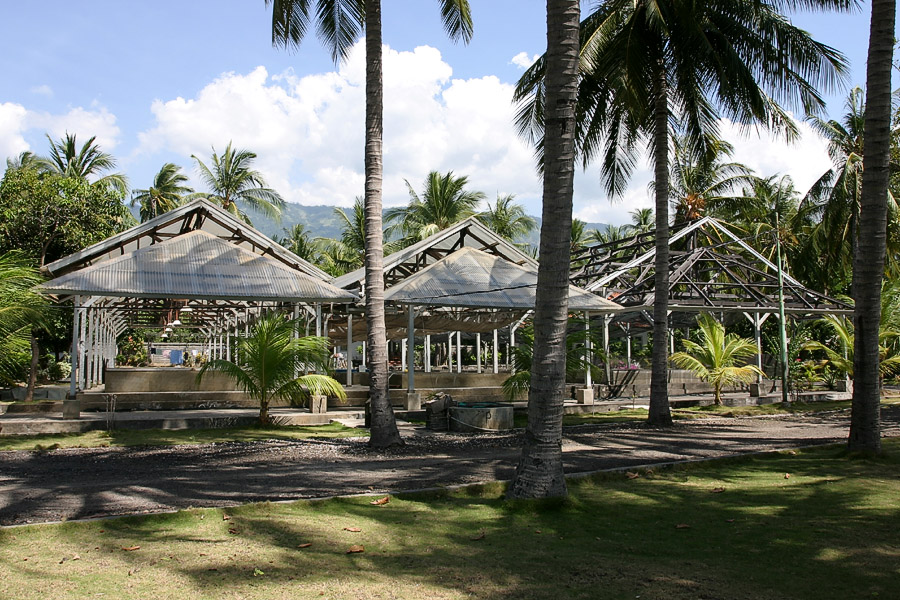
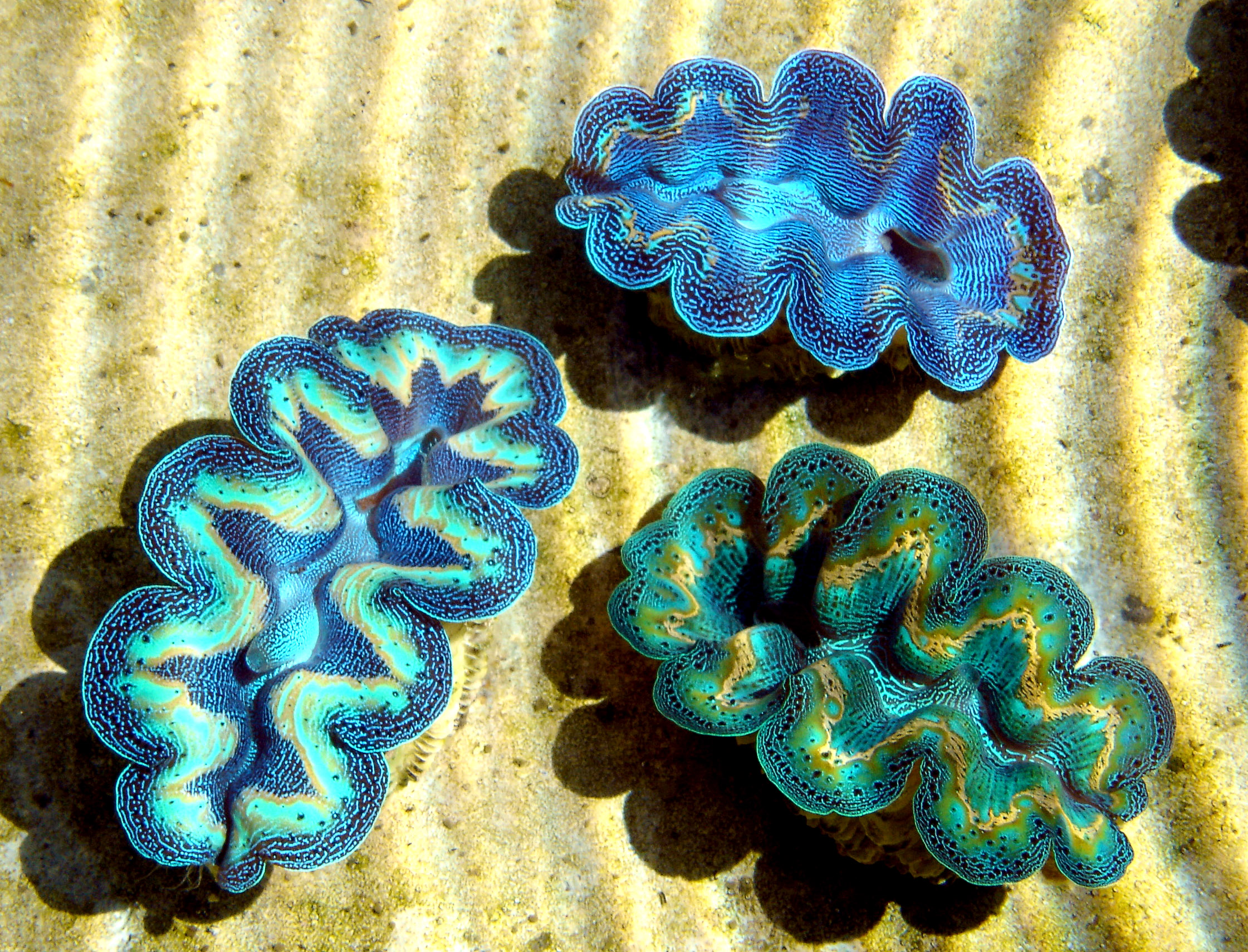
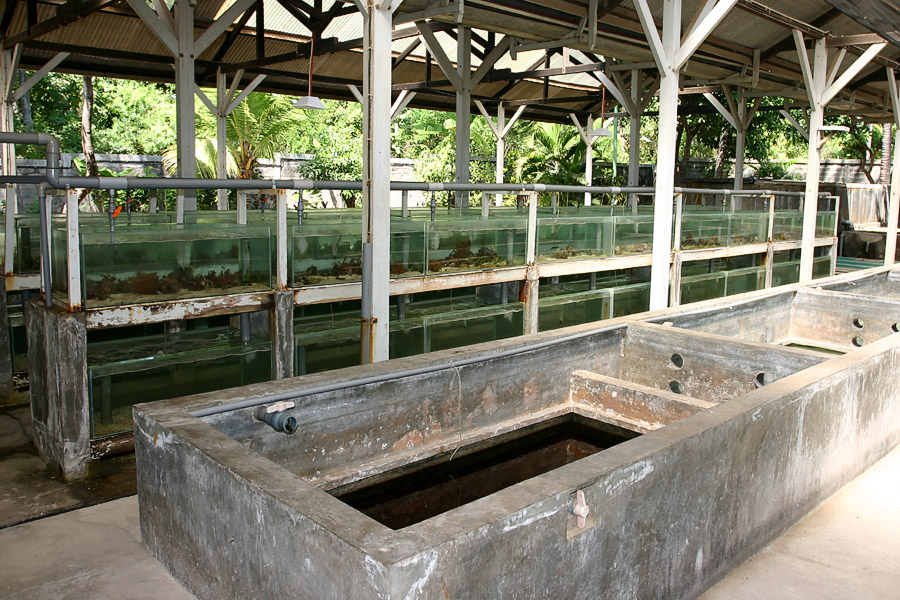
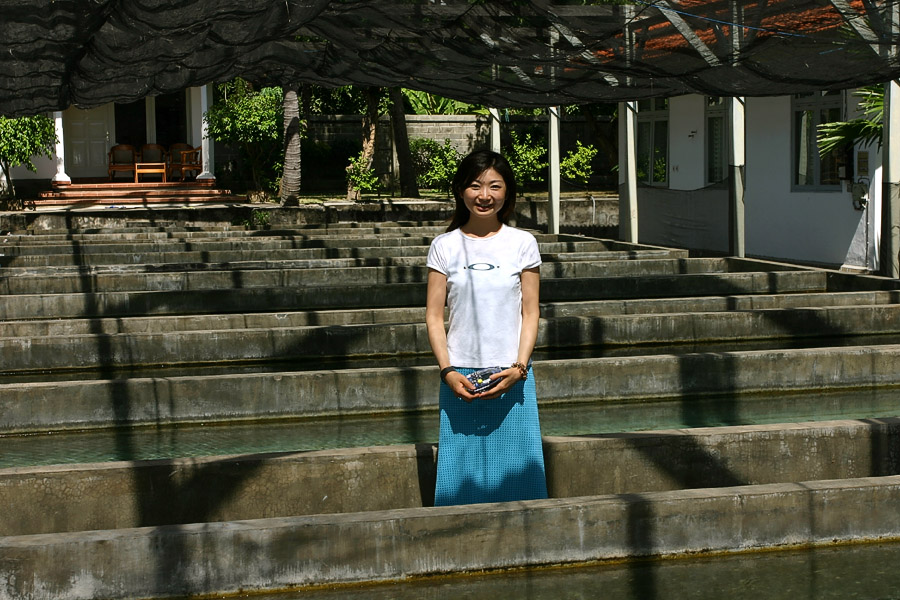
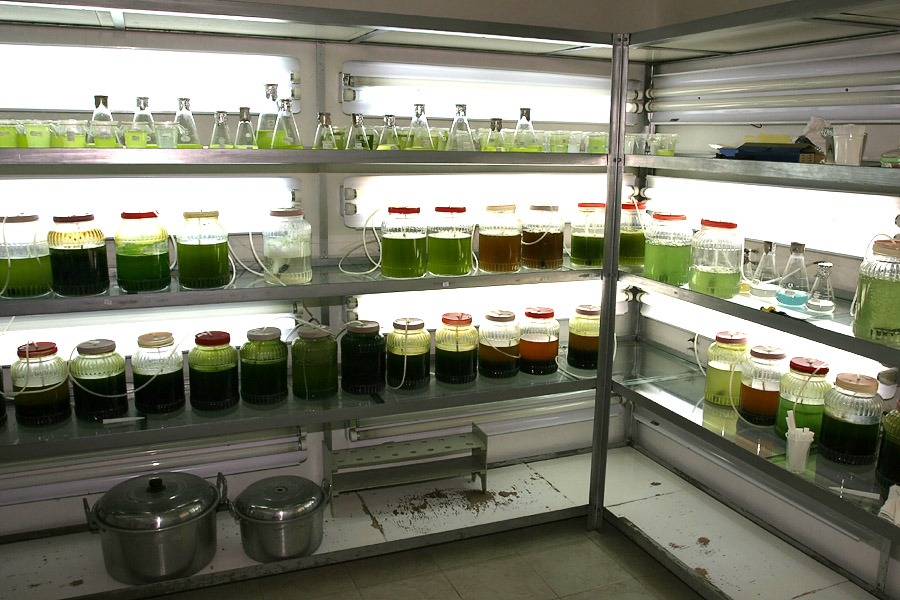
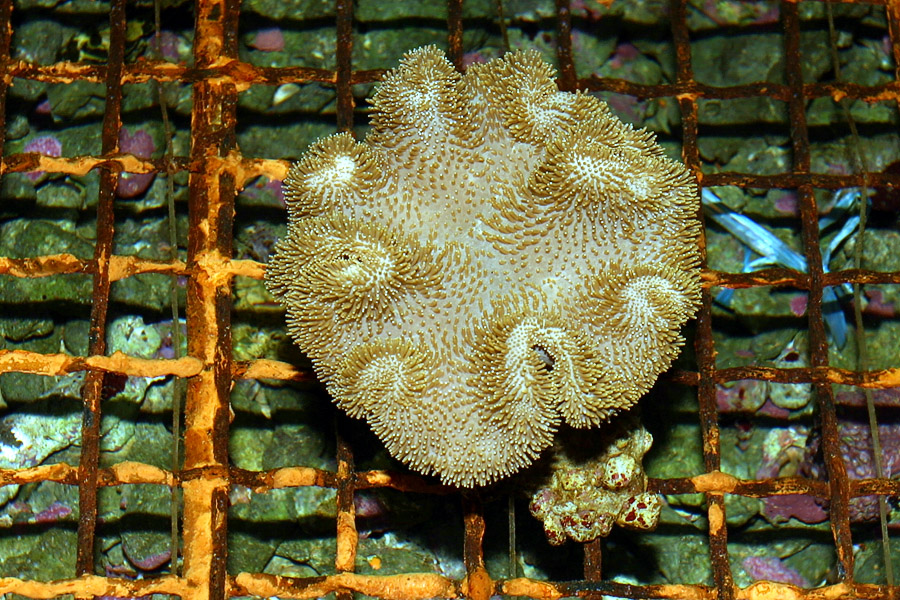

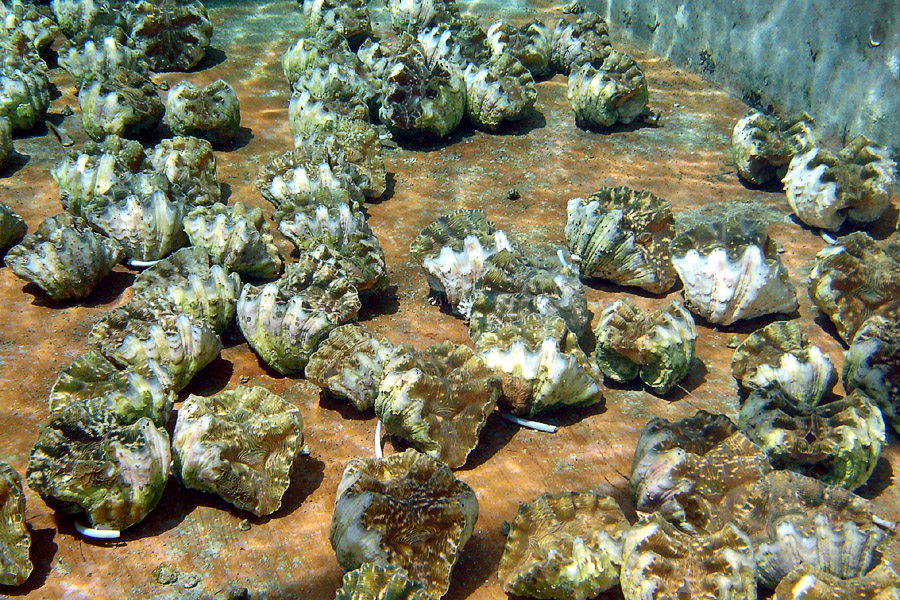
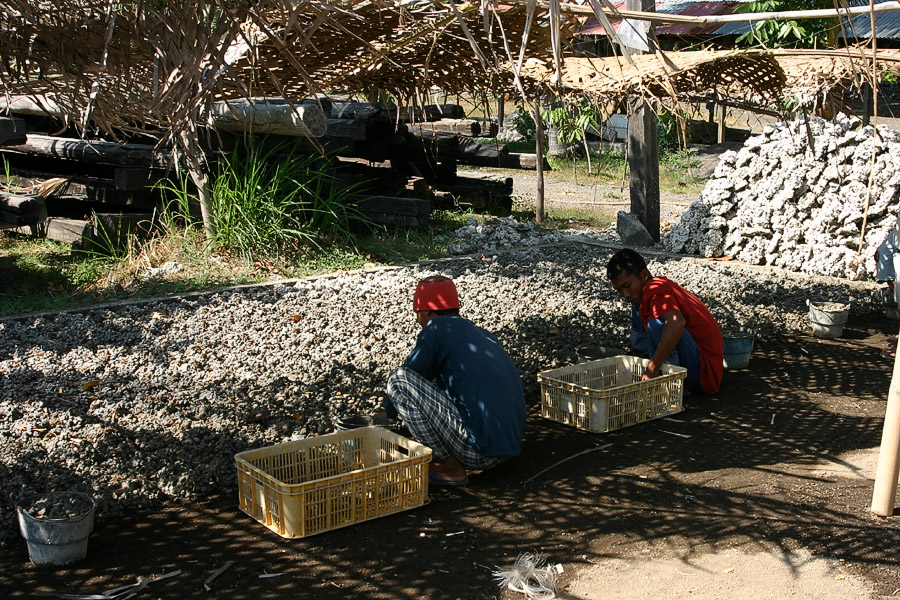
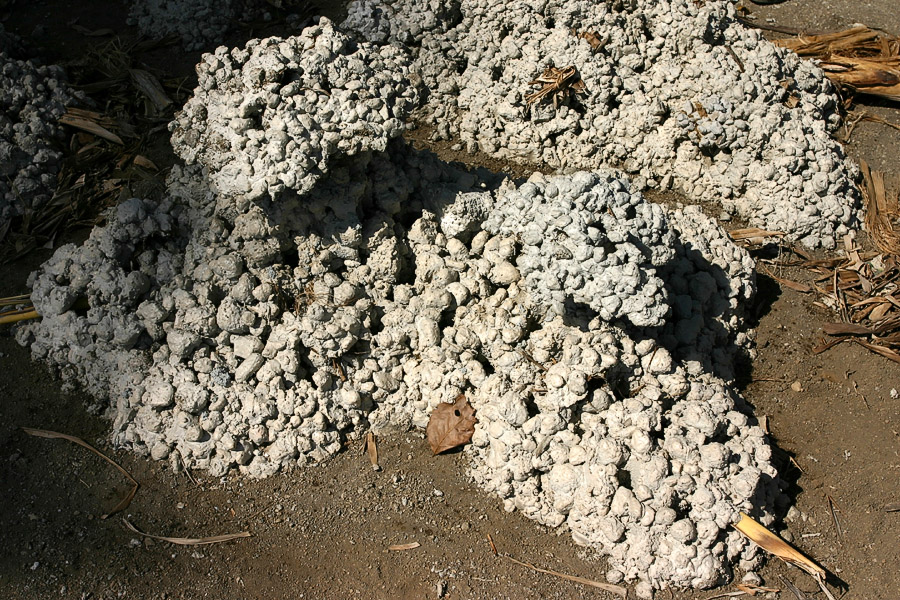
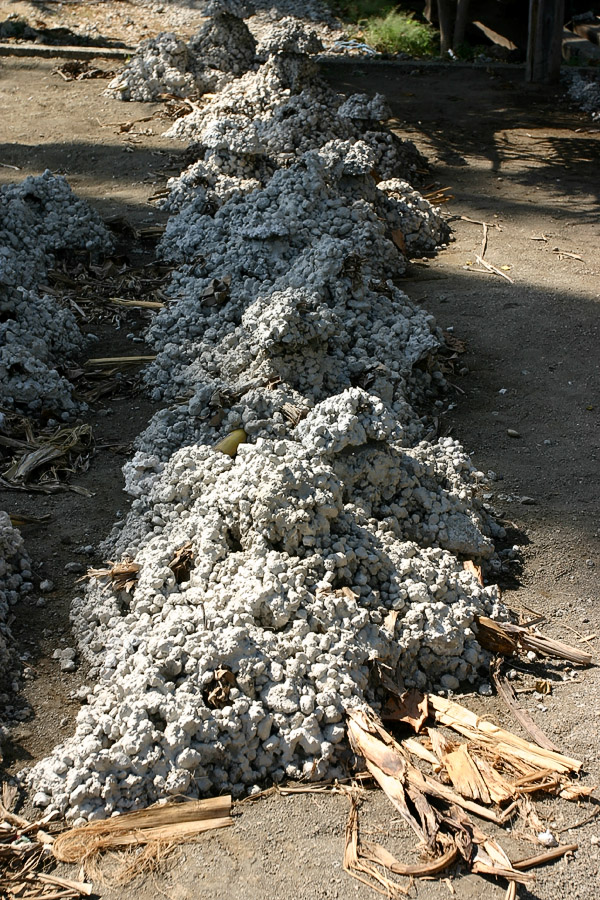

0 Comments